Visit your local farmers market to experience the range of fresh, local farm products, artisanal baked goods, specialty food items, hand-crafted items for home and body and so much more. Shop fresh, shop local, support your community!
Farmingville
◆ A farmers market will be held every Thursday through early October from noon to 5 p.m. in the south parking lot of Brookhaven Town Hall, 1 Independence Hill, Farmingville offering local produce, spirits, flowers, baked goods, and homemade bath and body products. 631-451-8696
◆ Triangle Park, corner of Horseblock Road and Woodycrest Drive, Farmingville hosts a Farmers, Artisans, and Friends Market on June 17 and Sept. 30 from 10 a.m. to 4 p.m. Featuring local produce, handmade and homemade items, flea market treasures, food and refreshments, entertainment, activities for kids, a bounce house area and more. 631-260-7411
Huntington
A farmers market will be held in the parking lot at 228 Main St., Huntington on Sundays through Sept. 3 from 8 a.m. to noon and Sept. 10 to Nov. 19 from 8:30 a.m. to 1 p.m. Fresh produce, baked goods, cheese, pickles, honey, live music. 631-944-2661
Lake Grove
Smith Haven Mall in Lake Grove hosts a farmers market in the southwestern quadrant of the parking lot (adjacent to Bahama Breeze), on Saturdays (pickles, honey) and full market with vendors on Sundays. Hours are 11 a.m. to 5:30 p.m. both days year-round. 516-444-1280
Northport
Cow Harbor Park parking lot, at the corner of Main Street and Woodbine Ave. in Northport, hosts a farmers market every Saturday through Nov. 18 (closed Sept. 23), from 8 a.m. to 12:30 p.m. Honey, ravioli, cheese, coffee, pickles, empanadas, mushrooms, baked goods, jams, fruits and vegetables, plants. 631-754-3905
Port Jefferson
The Port Jefferson Farmers Market will be held at Harborfront Park, 101-A E. Broadway, Port Jefferson every Sunday through Nov. 12 from 9 a.m. to 2 p.m. Local produce, honey, bread and baked goods, seafood, international specialties, plants, flower bouquets, live music. 631-473-4724
Rocky Point
Rocky Point Farmers and Artisans Market, 115 Prince Road at Old Depot Park, Rocky Point returns on Sundays from July 2 to Nov. 19 from 9 a.m. to 1 p.m. under the new direction of the Rocky Point Sound Beach Chamber of Commerce. Fresh locally grown produce, craft beer, artisan crafts, baked goods. 631-729-0699
St. James
St. James Lutheran Church, 230 2nd Ave., St. James hosts a farmers market in its parking lot every Saturday through Oct. 7 from 9 a.m. to 1 p.m. Fresh locally grown produce, flowers, honey, coffee, shellfish, artisan baked goods, breads jams, hot food, pickles, craft beer, international foods, live music, kids corner. 516-220-8217
Setauket
The Three Village Farmers Market is held Fridays on the grounds of the Three Village Historical Society, 93 North Country Road, Setauket through Sept. 1 from 3 to 7 p.m. and from Sept. 8 to Oct. 27 from 2 to 6 p.m. Farm fresh produce, artisanal bread and cheese, local honey, nuts and spices, seafood, pickles, jams and jellies, baked treats, handcrafted goods, prepared foods, free hands-on activities for children. 631-751-3730
— Compiled by Heidi Sutton

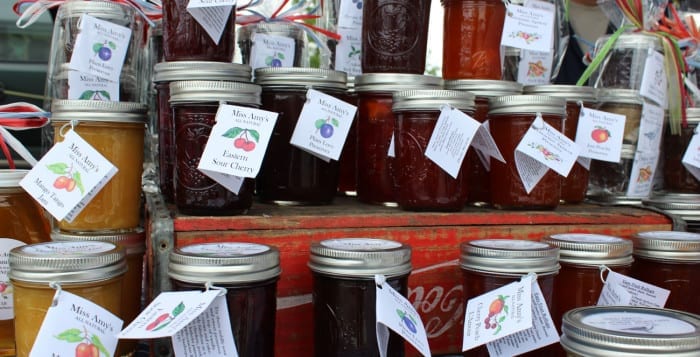
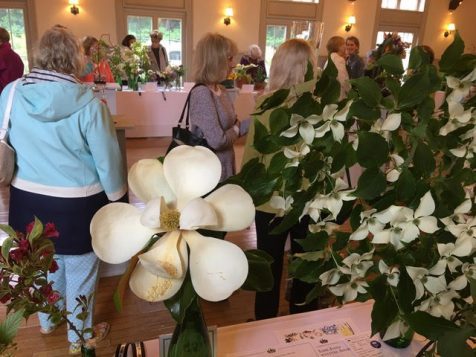
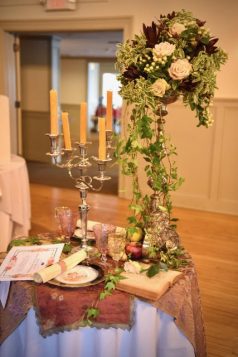

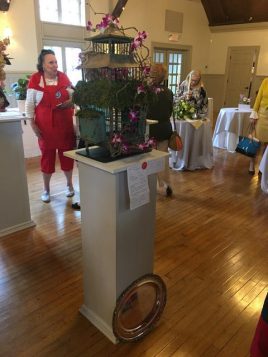
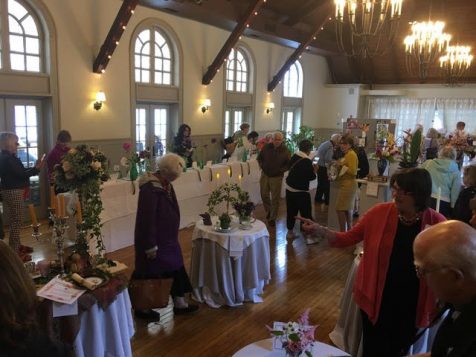
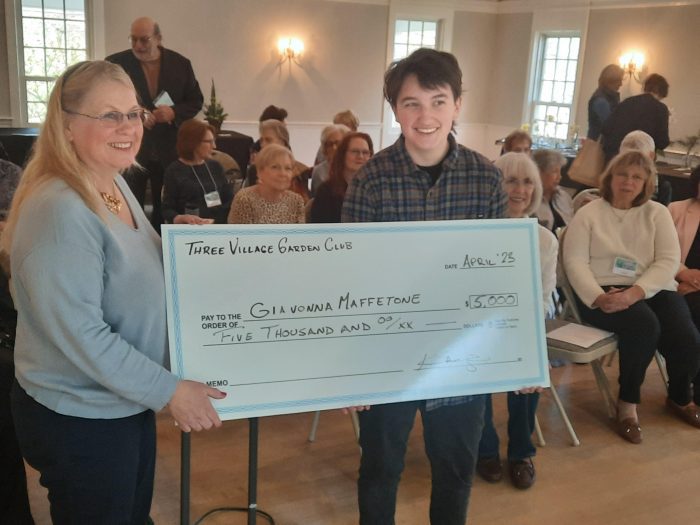
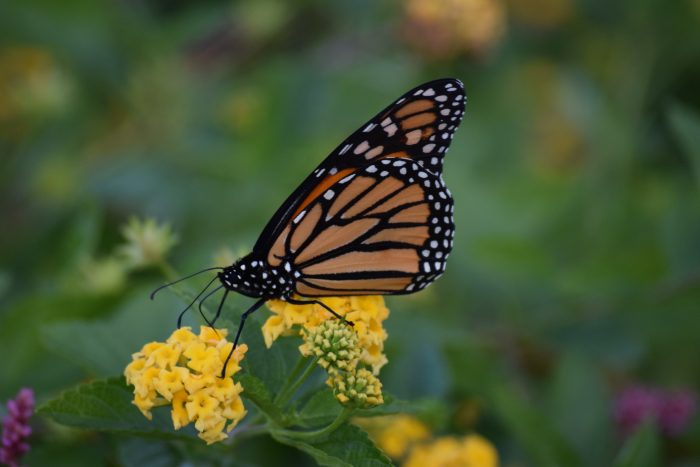

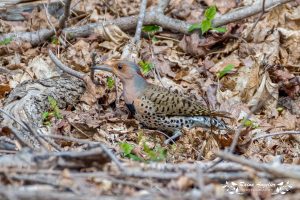
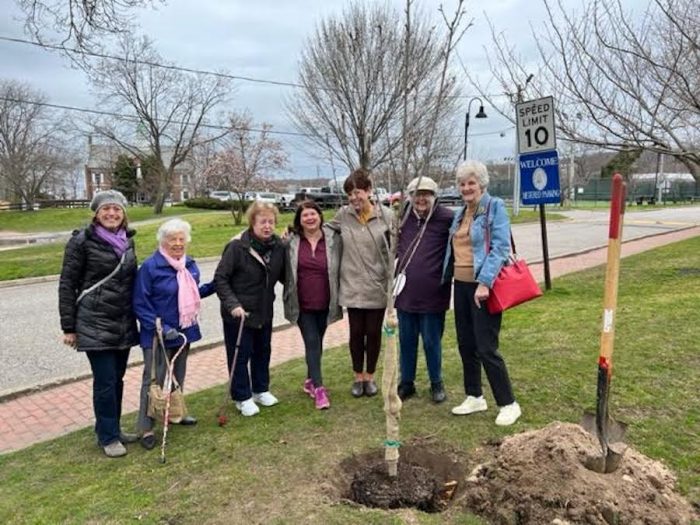
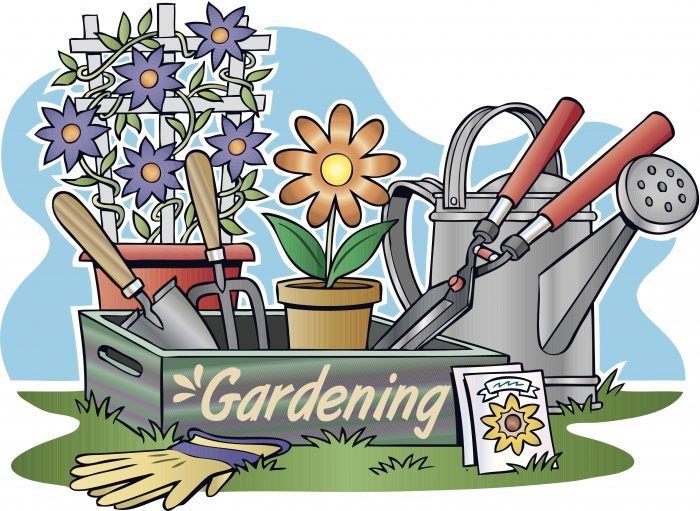
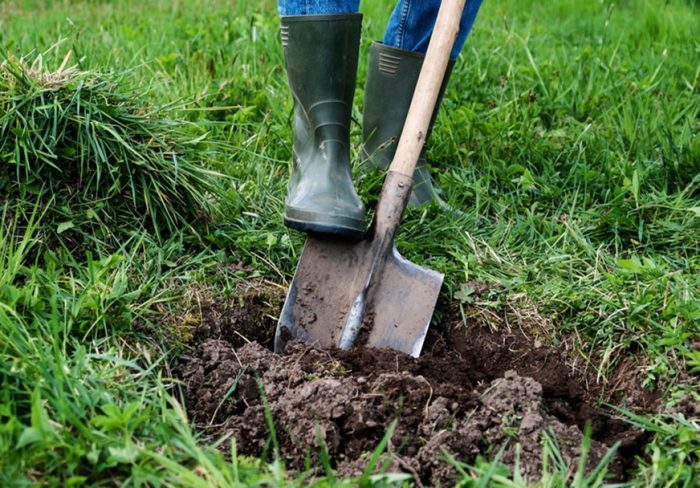
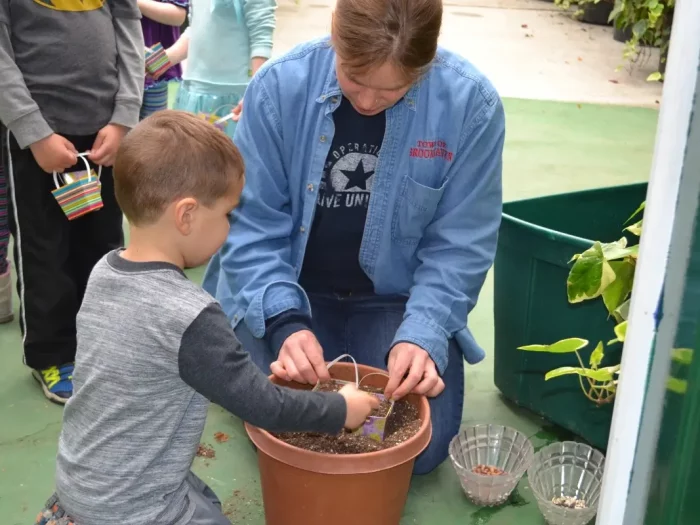

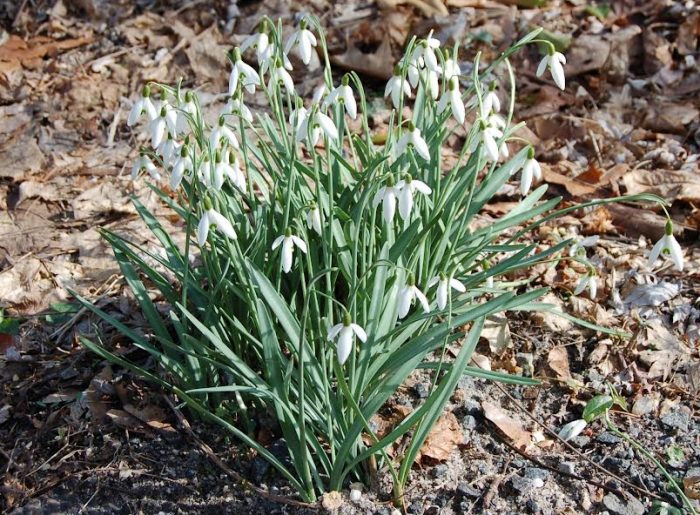

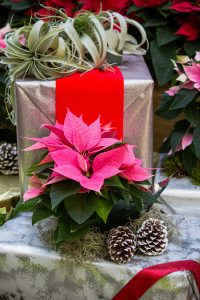 Indigenous to Central America, the plant was introduced to North America in the 1820s when Joel Roberts Poinsett, the first United States Minister to Mexico, brought the red-and-green plant back with him from a trip abroad.
Indigenous to Central America, the plant was introduced to North America in the 1820s when Joel Roberts Poinsett, the first United States Minister to Mexico, brought the red-and-green plant back with him from a trip abroad.


